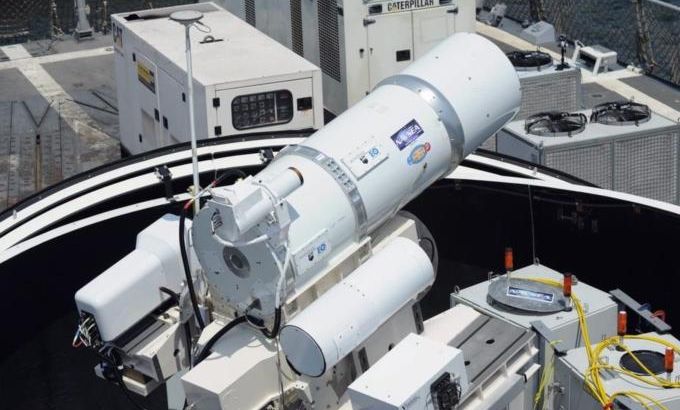
Star Wars weapons: Is fantasy becoming fact?
Advances in hi-tech weaponry fuel fears of a global space arms race.
It conjures up visions of sci-fi movies and video games but advances in high-tech weaponry are raising fears of a space arms race.
China is looking to boost its military power in space. Visiting air force headquarters on Monday, President Xi Jinping told officers to ‘speed up air and space integration and sharpen their offensive and defensive capabilities’.
Keep reading
list of 4 itemsCould shipping containers be the answer to Ghana’s housing crisis?
Are Chinese electric vehicles taking over the world?
First pig kidney in a human: Is this the future of transplants?
Beijing maintains that its space programme is peaceful but that stance was questioned when China used a ground-based missile to destroy one of its own satellites in orbit in 2007; and a rocket launch last May, billed as a research mission, was suspected of being a test for a new anti-satellite weapon.
The US has developed its own futuristic weaponry and is planning to deploy the world’s first-ever combat laser. The Laser Weapon System looks like a small telescope, but it’s powerful enough to fire laser beams through steel.
The laser is capable of shooting down things like enemy drones, but unlike in the movies, you will not see the laser ray, because it is infrared – and invisible.
It is comparatively cheap too: one zap of the laser is estimated to cost just one dollar. Compare that to a single Tomahawk cruise missile which has a reported price tag of $1.4 million.
So is the stuff of science fiction becoming a reality? And are high-tech weapons driving a new arms race in space?
Presenter Hazem Sika
Guests:
Peter Roberts – senior research fellow at the Royal United Services Institute and a former Royal Navy officer
Tim Brown – senior fellow at GlobalSecurity.org
Andrew Leung – an independent China analyst